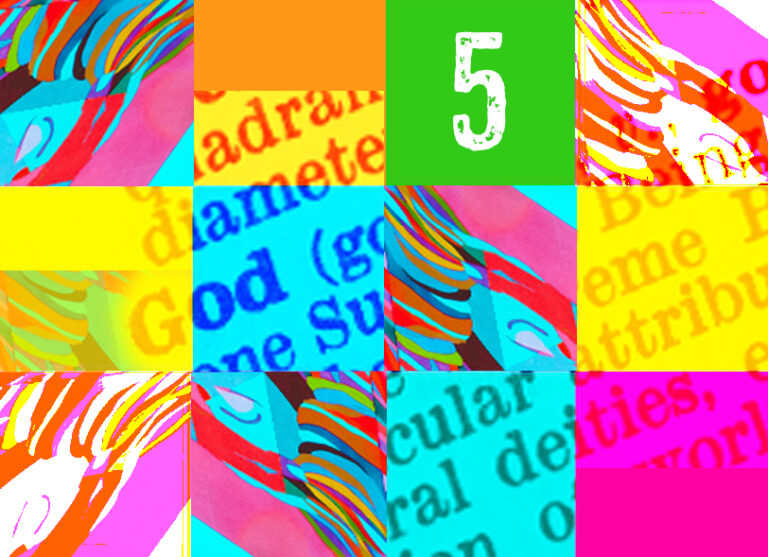In the previous two posts I have suggested that the way we think influences both our starting point, and the conclusions we reach about God. And that, if we want to understand and follow Jesus, learning to think like those who responded positively to him in his day would be a big step forward. In this post I want to develop these ideas further.
I was taught to think of God using robust, muscular words: omnipotent, omnipresent, almighty, eternal, holy, immutable, incomprehensible… Of course we then add God’s personal attributes such as merciful, gracious and loving and we are taught that God exists in dynamic form among the three persons of the Trinity. I have no need or desire to enter into a debate on any of these details. I am simply painting a picture of the way I was taught to think about God. What is already perfect need never change and God is complete in himself.
I also recall a distinction being made between God’s permissive and perfect will. Such distinctions conjured up mental pictures of God unfolding his grand map and getting out a black marker pen to change ‘Plan A’ into ‘Plan B’ with a shrug of the shoulder or a frown whenever things didn’t turn out perfectly. I recall this image whenever a Christian is consulted for their opinion on a shift within popular culture or public morality.*
Contrast this with the name Elohim Chay, translated as Living God, and derived from the Hebrew verb: hayah. The word signifies “becoming into existence” – suggesting that “one cannot be alive yet remain the same” because “to live is to continually change”.* This is what we celebrate every Christmas with our focus on the incarnation. The baby Jesus grew up in a highly unstable environment and the adult Jesus was moved to meet human needs. Only a dynamic God who desires to promote new beginnings and adapt to ever-changing scenarios can enter such a world as ours and hope to influence it.
“In Hebrew thought change is the matrix of all that was, is and shall be, the ground of all being and becoming, as with God himself… but under the increasing influence of Greek ideas it became exclusive… this made reality two dimensional instead of three dimensional: e.g. me and God, me and you, but not us in community. In Hebrew thought we see Yahweh’s vibrant presence among His people.”*
Forgive me if it feels like I’m presenting a false dichotomy in order to make a point. In the previous posts I suggested that there are many factors which influence the way any individual views God, and I also observe that in the years I have been a Christian it is the image of Father that has been most dominant. My intention here is not to suggest which images are right or wrong, but to distinguish between static and dynamic characterisations of God. Because…
“Yahweh has the capacity to respond to a changing world, for change is His familial nature, and creation expresses and engages this. Continual change itself constitutes Covenant in process, and the Covenant in process enables creation in process. Thus the world is in process of becoming… put another way, the Hebrew way of living could be described as continual becoming in ourselves and in and through others.”*
Surely it is possible to embrace an Image of a God who does not need to change in the sense that we do as we mature, but chooses to adapt to new circumstances as our world evolves.
*1 Thankfully we aren’t consulted very often these days which I am pleased about. The result was often very embarrassing.
*2 Peter R. Holmes: Becoming More Human – Exploring the Interface of Spirituality, Discipleship and Therapeutic Faith Community. 54.
*3 Peter R. Holmes: Becoming More Human. 53, 4.
*4 Peter R. Holmes: Becoming More Human. 55.



